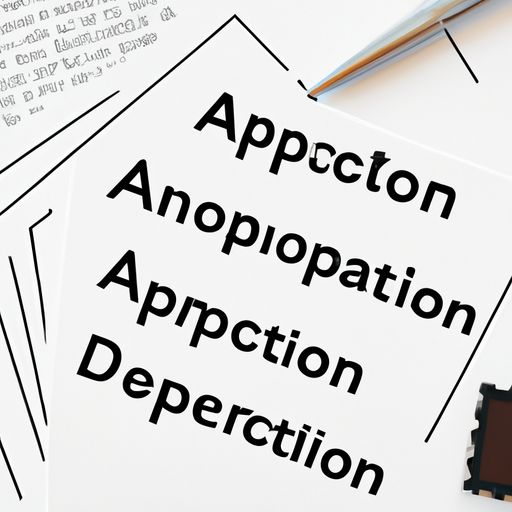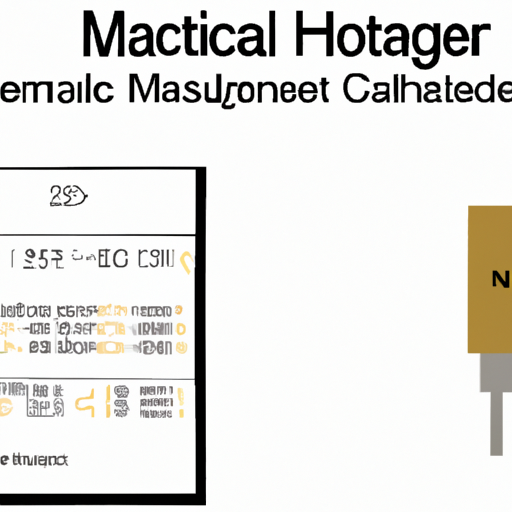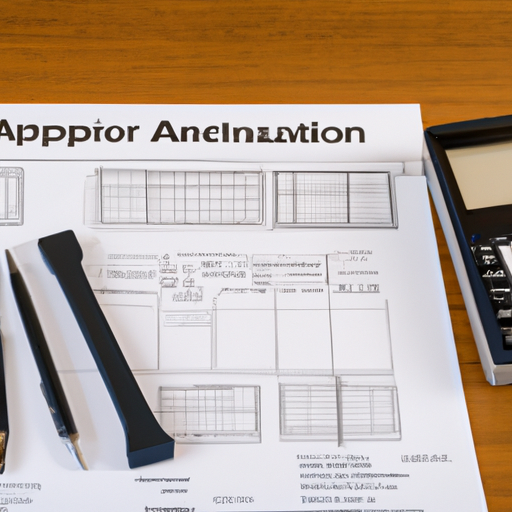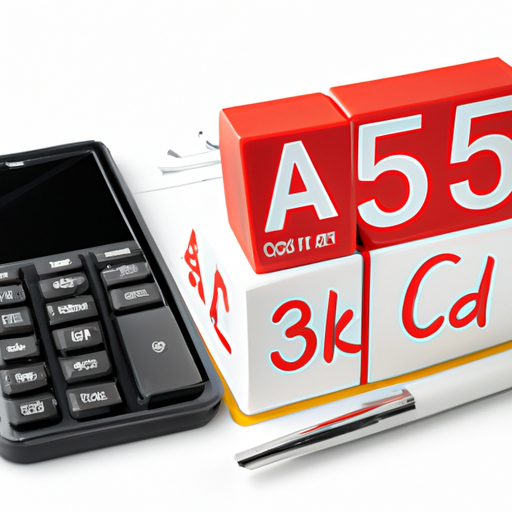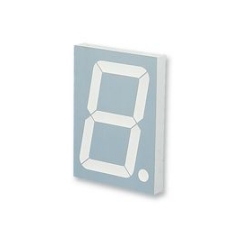What is the purchase price of the latest electrolytic capacitors?
What is the Purchase Price of the Latest Electrolytic Capacitors?
I. Introduction
Electrolytic capacitors are essential components in a wide range of electronic devices, playing a crucial role in energy storage, filtering, and signal coupling. These capacitors are characterized by their ability to store a large amount of electrical energy in a relatively small volume, making them indispensable in modern electronics. As technology continues to evolve, so too does the market for electrolytic capacitors, including their purchase prices. This article aims to explore the current purchase prices of the latest electrolytic capacitors, examining the factors that influence these prices and providing insights into future trends.
II. Overview of Electrolytic Capacitors
A. Basic Principles of Operation
Electrolytic capacitors operate on the principle of electrolysis, where an electrolyte solution facilitates the movement of ions between two conductive plates. This process allows for the storage of electrical energy, which can be released when needed. The unique construction of electrolytic capacitors enables them to achieve higher capacitance values compared to other types of capacitors, making them ideal for applications requiring significant energy storage.
B. Types of Electrolytic Capacitors
1. **Aluminum Electrolytic Capacitors**: These are the most common type of electrolytic capacitors, known for their high capacitance and voltage ratings. They are widely used in power supply circuits and audio equipment.
2. **Tantalum Electrolytic Capacitors**: Tantalum capacitors offer higher capacitance per volume and better stability than aluminum capacitors. They are often used in applications where space is limited, such as in mobile devices.
3. **Conductive Polymer Capacitors**: These capacitors utilize conductive polymers as the electrolyte, providing lower equivalent series resistance (ESR) and improved performance in high-frequency applications. They are increasingly popular in high-performance electronics.
C. Applications in Various Industries
Electrolytic capacitors find applications across multiple industries, including:
1. **Consumer Electronics**: Used in devices such as televisions, smartphones, and computers for power supply filtering and energy storage.
2. **Automotive**: Essential for power management systems, audio systems, and electronic control units in modern vehicles.
3. **Industrial Equipment**: Employed in machinery and equipment for energy storage, signal processing, and power conditioning.
III. Factors Influencing the Price of Electrolytic Capacitors
A. Material Costs
The price of electrolytic capacitors is significantly influenced by the costs of raw materials. For instance, aluminum and tantalum are critical components in the manufacturing of these capacitors. Fluctuations in the prices of these materials can directly impact the overall cost of the capacitors.
B. Technology Advancements
Technological advancements play a vital role in shaping the pricing landscape. Innovations in miniaturization and efficiency improvements can lead to the development of capacitors that offer better performance at lower costs. Additionally, the introduction of new materials and designs can also affect pricing.
C. Market Demand and Supply Dynamics
Market demand and supply dynamics are crucial in determining the price of electrolytic capacitors. Seasonal fluctuations, such as increased demand during the holiday season, can lead to price hikes. Furthermore, global supply chain issues, such as those experienced during the COVID-19 pandemic, can create shortages and drive prices up.
D. Brand Reputation and Quality
The reputation of manufacturers can also influence pricing. Leading manufacturers often command higher prices due to their established quality and reliability. Certifications and adherence to industry standards can further impact the perceived value of a product, affecting its price.
IV. Current Market Prices of Electrolytic Capacitors
A. Price Ranges for Different Types of Electrolytic Capacitors
The price of electrolytic capacitors varies widely based on type and specifications. Generally, aluminum electrolytic capacitors are more affordable, with prices ranging from $0.10 to $5.00 per unit, depending on capacitance and voltage ratings. Tantalum capacitors tend to be more expensive, with prices ranging from $0.50 to $20.00 per unit. Conductive polymer capacitors can also vary significantly, typically priced between $0.50 and $10.00.
B. Examples of Popular Models and Their Prices
To provide a clearer picture, here are some examples of popular electrolytic capacitor models and their prices:
1. **Aluminum Electrolytic Capacitor (Panasonic EEU-FR Series)**: Prices range from $0.15 to $2.00 depending on capacitance (10µF to 1000µF) and voltage ratings (6.3V to 450V).
2. **Tantalum Capacitor (Kemet T491 Series)**: Prices range from $1.00 to $15.00 based on capacitance (1µF to 100µF) and voltage ratings (6.3V to 50V).
3. **Conductive Polymer Capacitor (Nichicon PL Series)**: Prices range from $0.50 to $5.00 depending on capacitance (10µF to 1000µF) and voltage ratings (6.3V to 25V).
C. Regional Price Variations
Prices for electrolytic capacitors can also vary by region. In North America, prices may be slightly higher due to shipping costs and tariffs. In Europe, the prices can be influenced by local regulations and market demand. In Asia, particularly in countries like China and Japan, prices may be lower due to local manufacturing capabilities and competition.
V. Future Trends in Pricing
A. Predictions for Material Costs
As the demand for electronic devices continues to rise, the prices of raw materials like aluminum and tantalum may experience fluctuations. Analysts predict that while aluminum prices may stabilize, tantalum could see increased demand, potentially driving prices higher.
B. Expected Technological Advancements
Future technological advancements are expected to lead to the development of more efficient and compact electrolytic capacitors. These innovations could result in lower production costs, which may be passed on to consumers in the form of reduced prices.
C. Potential Impacts of Global Economic Conditions
Global economic conditions, including inflation rates and trade policies, will continue to influence the pricing of electrolytic capacitors. Economic downturns may lead to reduced demand, while economic booms could drive prices up due to increased consumption.
D. Influence of Environmental Regulations and Sustainability Efforts
As environmental regulations become more stringent, manufacturers may face increased costs associated with compliance. However, the push for sustainability may also lead to the development of more eco-friendly materials and processes, potentially offsetting some of these costs in the long run.
VI. Conclusion
In summary, the purchase price of the latest electrolytic capacitors is influenced by a variety of factors, including material costs, technological advancements, market dynamics, and brand reputation. Understanding these factors is essential for consumers and manufacturers alike, as it allows for informed purchasing decisions. As the market continues to evolve, staying informed about trends and developments will be crucial for anyone involved in the electronics industry. The future of electrolytic capacitor pricing will likely be shaped by ongoing technological innovations, economic conditions, and the growing emphasis on sustainability.
VII. References
1. Manufacturer websites and product catalogs
2. Industry reports and market analysis documents
3. Academic journals on materials science and electronics
4. Trade publications covering the electronics industry
This comprehensive overview provides valuable insights into the current state and future trends of electrolytic capacitor pricing, equipping readers with the knowledge needed to navigate this essential component market.


